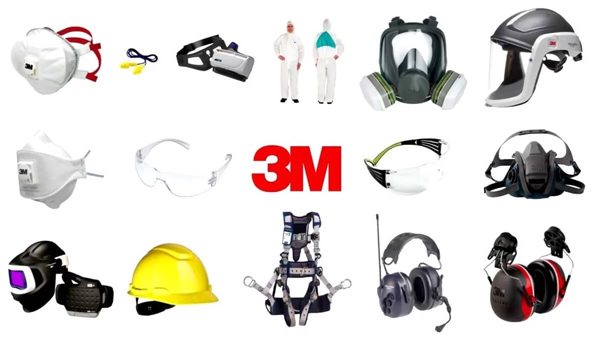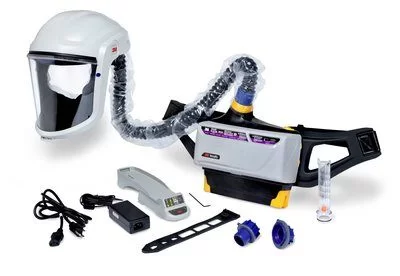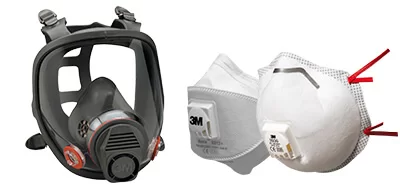We use cookies to help you navigate efficiently and perform certain functions. You will find detailed information about all cookies under each consent category below.
The cookies that are categorized as "Necessary" are stored on your browser as they are essential for enabling the basic functionalities of the site. ...
Necessary cookies are required to enable the basic features of this site, such as providing secure log-in or adjusting your consent preferences. These cookies do not store any personally identifiable data.
Functional cookies help perform certain functionalities like sharing the content of the website on social media platforms, collecting feedback, and other third-party features.
Analytical cookies are used to understand how visitors interact with the website. These cookies help provide information on metrics such as the number of visitors, bounce rate, traffic source, etc.
Performance cookies are used to understand and analyze the key performance indexes of the website which helps in delivering a better user experience for the visitors.
Advertisement cookies are used to provide visitors with customized advertisements based on the pages you visited previously and to analyze the effectiveness of the ad campaigns.
Personal protective equipment (PPE)

Prevention is better than cure. It is wise someone to be prepared to take precautions towards a possible danger instead of dealing with its effects.
According to the EU Occupational Safety and Health Administration (OSHA), employers are responsible for providing a safe and healthy workplace for their employees.
It is a fact that dangerous substances are still a major health and safety issue in the workplace. The effects of exposure to hazardous substances include temporary and mild health damage such as skin irritation, to severe acute and chronic diseases such as lung obstruction, but also potentially fatal diseases such as asbestosis and cancer.
Various hazardous substances are also flammable or explosive, resulting in additional safety risks. In addition, some substances have acute toxic and fatal effects, e.g. gases produced by sewage or gases leaking from cooling systems.
One of the biggest health problems caused by workplaces across Europe, and indeed throughout the world, is the work related cancer. It accounts for an estimated 53 % of all work-related deaths in the European Union (EU) and other developed countries. The disease can have multiple causes, and its causes and their interplay are not fully understood. According to the Roadmap on Carcinogens in 2016, about 120,000 work-related cancer cases occur each year as a result of exposure to carcinogens at work in the EU, leading to approximately 80,000 fatalities annually.
Risk assessment is the first and key step towards risk prevention
The starting point and key to risk reduction and prevention is risk assessment. Every company in Europe must perform risk assessments according to the Framework Directive (Directive 89/391/EEC, the OSH Framework Directive of 12 June 1989).
More precisely:
1. An inventory should be made of dangerous substances in the workplace and those generated by work processes, i.e. combustion processes, diesel exhaust in warehouses, dust from drilling or grinding (rocks, stone, wood, metals, etc.), fumes from welding or soldering, degeneration products from recycling and waste industries, etc.
2. Information should be collected on the specific hazards, e.g. on chemical products from safety data sheets and on process generated substances.
3. The exposure to the identified dangerous substances should be assessed by looking at the type, intensity, length, frequency and occurrence of exposure to workers.


4. An action plan should be drawn up that lists the steps that must be taken, in order of priority, to reduce the risks to workers. It should specify by whom, how and by when each step should be taken. The possibility of elimination or substitution has to be considered first.
5. Risk assessment should also take into account any workers that may be particularly at risk. The measures necessary to protect them and any additional training and information needs should be specified. Furthermore, workers can also be exposed, when doing maintenance or repair work or accidentally, to, for example, intermediary products from a chemical production process that is usually closed.
6. The risk assessment should be regularly revised and updated.
7. The impact and improvement of the preventive measures should be assessed, and they should be revised if necessary.
Find more for Personal Protective Equipment


